Building a Culture That Lasts
Hi everyone, I’m Nancy Regan, coming to you from beautiful Key Largo, Florida! ☀️ In today’s video, I’m discussing who’s responsible for reliability in an organization. Just like the intricate root systems of mangroves, every part of your organization plays a role in creating a strong and effective Reliability Culture.
From operators and maintainers to engineers and management, everyone must be involved to achieve the reliability you need from your equipment. Watch the full video to learn why building an effective Reliability Culture is essential and learn how to do it!
[Read more…]













